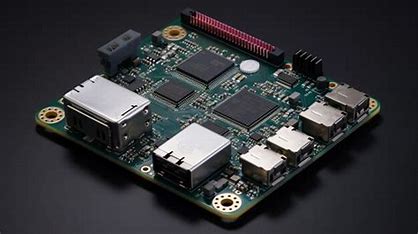GROVER
Version 1


Mechanical
Our Mechanical subdivision focuses on optimizing suspension parameters and improving joints for enhanced rover stability and maneuverability across various terrains. Using lightweight, durable aluminum for both suspension components and chassis framework, we employ CAD modeling to fine-tune spring rates and damping coefficients. This optimization improves shock absorption and traction, while refining component tolerances eliminates play in the suspension, ensuring precise movements even in rugged conditions.
We optimize suspension and joints for better rover stability and maneuverability, using lightweight aluminum and CAD modeling to enhance shock absorption and eliminate play.
Electrical
Our Electrical division ensures seamless integration of the rover's sensors and encoders through microcontroller programming, wiring, and electronics design for accurate data acquisition and control. We actively interface various sensors with the microcontroller to gather real-time data on terrain conditions, speed, and position, enabling precise navigation. Our team develops sophisticated software algorithms that allow the microcontroller to efficiently process sensor data, facilitating informed decisions about the rover's movement and behavior.
We integrate sensors and encoders with the rover's microcontroller to gather real-time data for precise navigation and control, developing algorithms for efficient data processing.


Software
The software subdivision is dedicated to making the rover autonomous using a Pixhawk flight controller and implementing high-level control, including obstacle avoidance. Our software engineers are working tirelessly to program the rover to operate autonomously, with the Pixhawk enabling it to follow predefined paths and make real-time adjustments based on sensor data. To ensure safety and efficiency, our team is developing obstacle avoidance algorithms that allow the rover to detect and navigate around obstacles, enhancing adaptability in unpredictable environments.
We are developing an autonomous rover using a Pixhawk flight controller, programming it for obstacle avoidance to enhance adaptability in unpredictable environments.